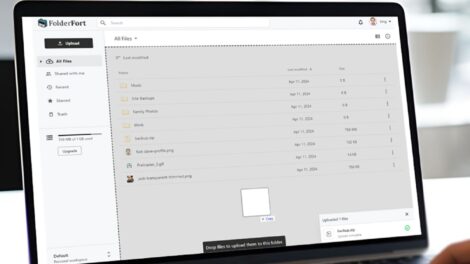Pioneering the Final Frontier
In an impressive endeavor to ensure the graceful aging of the Voyager spacecraft, NASA has introduced a groundbreaking software patch. The Voyager missions have etched their place in history as the most distant spacecraft from Earth, embarking on a remarkable journey spanning over four decades.
Tending to Aging Woes
The newly unveiled software patch is strategically designed to tackle the challenges that inevitably arise as these pioneering spacecraft age gracefully. Among the issues addressed, a prominent one is the resolution of a time-tracking bug that has persisted over time.
Empowering Efficiency
The software patch isn’t limited to temporal bug fixes alone; it also empowers the spacecraft by optimizing their power management system. This enhancement brings efficiency into the equation, ensuring the seamless continuation of the Voyagers’ mission.
A Radio Wave Journey
The transmission of the software patch is a remarkable process in itself. Employing the technique known as radio frequency (RF) uplinking, NASA transmits data to the spacecraft through radio waves. This data is transmitted in compact portions, later assembled by the spacecraft to form the comprehensive software patch.
A Sequential Update
This critical software update unfolds in a sequential manner. Initially, the first patch will journey towards Voyager 1, followed by a second patch destined for Voyager 2. The process is anticipated to span several weeks to ensure precision and accuracy.
Charting a Path to the Stars
Upon the successful installation of the software patches, the Voyager spacecraft are poised to embark on their enduring odyssey through interstellar space, unraveling the mysteries of the cosmos for many years to come.
Author’s Insights
The saga of the Voyager spacecraft is one that has captured the imagination of humanity. It is a testament to the tenacity of human innovation and the quest for knowledge. NASA’s initiative to aid these venerable explorers in their ongoing mission is a cause for celebration.
I encourage enthusiasts and inquisitive minds to keep abreast of the latest developments in the Voyager mission. The mysteries of the universe are waiting to be unveiled, and these remarkable spacecraft are our messengers to the cosmos.
Stay connected with NASA through their website and social media channels to witness the ongoing adventure of the Voyager spacecraft. These are not just machines; they are our emissaries to the stars.










Add Comment